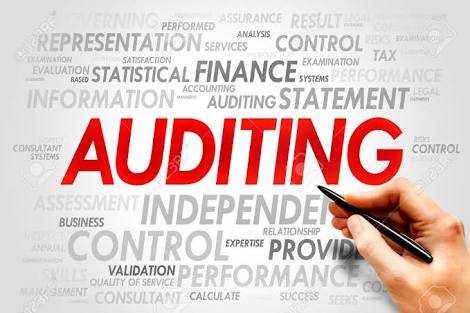Financial statements are the representation of the reporting entity’s management. To lend credibility to the entity’s prepared financial statements; they have to be examined by an independent external auditor, who expresses an opinion as to the fairness by which such financial statements are presented. Audit objectives are identified, and internal control is evaluated so that the auditor could formulate and apply audit procedures to each of the major accounts in the financial statements relating to the expenditure cycles, revenue and collection cycles, and conversion cycles.
This first part course covers detailed approaches to problems and situations normally encountered in the independent examination of financial line items such as: cash, receivables, inventories, prepayments, investments, biological assets and agricultural produce and property, plant and equipment (including natural resources, depreciation/depletion, borrowing costs, and impairment), applying the transaction cycle audit.
Learners must be able to identify and perform the appropriate audit procedures, prepare audit adjustments and complete audit working papers with computer application relating to audit of cash balance, expenditure cycles, revenue and collection cycles and conversion cycles of a manufacturing, trading and service concern type of businesses, to serve as bases for the preparation of audit reports.

- Faculty: Bangcaya, Sandra Angela
- Faculty: Bangcaya, Sandra Angela
- Faculty: OMAMBAT, Michael
- Faculty: Bangcaya, Sandra Angela
- Faculty: POLLESCAS , RICA CAMILLE